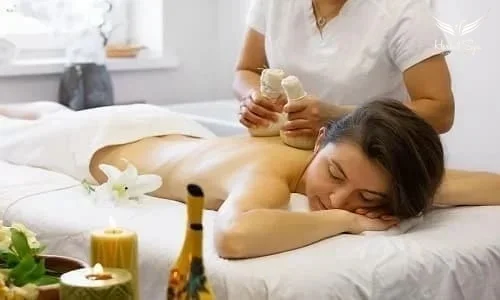Massage, a practice that traces its origins to ancient civilizations, continues to thrive in modern wellness routines. Its appeal lies not just in its ability to relieve muscle tension, but also in its profound impact on overall well-being. In this article, we’ll explore the intricate art and science behind 다낭 밤문화, revealing how it blends tradition with innovation to enhance our lives.
Historical Roots and Cultural Significance
Massage therapy has been a cornerstone of human health for thousands of years. Ancient texts from China, Egypt, and Greece reference various forms of massage, highlighting its role in both medical and spiritual practices. In China, for instance, the practice of Tui Na, a form of therapeutic massage, has been used for over 2,000 years to balance the body’s energy and promote healing. Similarly, the Greeks valued massage for its role in athletic training, believing it improved performance and recovery.
Throughout history, massage has adapted and evolved, influenced by cultural exchanges and advancements in medical understanding. In the 19th century, Swedish gymnast Per Henrik Ling formalized the modern techniques of massage, which laid the foundation for contemporary practices.
The Science Behind the Touch
Massage therapy isn’t just a soothing luxury; it’s grounded in physiological science. When applied correctly, massage techniques can have several beneficial effects on the body:
- Muscle Relaxation: The mechanical pressure applied during massage helps reduce muscle tension and promotes the release of endorphins, the body’s natural painkillers. This can lead to decreased muscle soreness and improved flexibility.
- Improved Circulation: Massage stimulates blood flow, which can help in delivering oxygen and nutrients to tissues and removing metabolic waste. Enhanced circulation can also contribute to faster healing and better overall cardiovascular health.
- Stress Reduction: The calming effect of massage extends beyond the physical realm. It lowers levels of cortisol, the stress hormone, and increases serotonin and dopamine, neurotransmitters associated with feelings of well-being and relaxation.
- Lymphatic Drainage: Techniques such as lymphatic massage help facilitate the movement of lymph, the fluid that helps remove toxins and supports immune function. This can be particularly beneficial for individuals with conditions that affect the lymphatic system.
Types of Massage Techniques
Massage therapy encompasses a variety of techniques, each with unique benefits:
- Swedish Massage: Known for its long, flowing strokes, Swedish massage is ideal for relaxation and improving circulation. It often uses techniques like kneading and circular movements to soothe muscles.
- Deep Tissue Massage: This technique targets deeper layers of muscle and connective tissue. It’s especially useful for chronic pain and muscle stiffness, as it applies more pressure to release tightness in specific areas.
- Shiatsu: A form of Japanese massage that uses finger pressure on specific points along the body’s energy pathways. Shiatsu aims to restore balance and promote healing by unblocking energy flow.
- Hot Stone Massage: Heated stones are placed on specific points of the body to warm up tight muscles and promote relaxation. The warmth enhances the effects of traditional massage techniques.
- Aromatherapy Massage: This incorporates essential oils into the massage process, each with its therapeutic properties. Aromatherapy can enhance relaxation, reduce stress, and address specific health concerns.
Integrating Massage into Modern Wellness
In today’s fast-paced world, integrating massage into your wellness routine can be a transformative practice. Whether used as a remedy for stress, a method for enhancing physical recovery, or a regular self-care ritual, massage offers a holistic approach to health.
To maximize its benefits, consider incorporating massage as part of a broader wellness strategy that includes regular exercise, a balanced diet, and mindfulness practices. Consulting with a certified massage therapist can help tailor sessions to your specific needs and goals.
Conclusion
Massage therapy stands as a testament to the enduring connection between touch and healing. By blending ancient wisdom with modern scientific understanding, it provides a versatile tool for enhancing physical and emotional health. Whether you’re seeking relief from tension, an aid in recovery, or simply a moment of tranquility, the art of massage offers a path to well-being that has been cherished across cultures and centuries.



